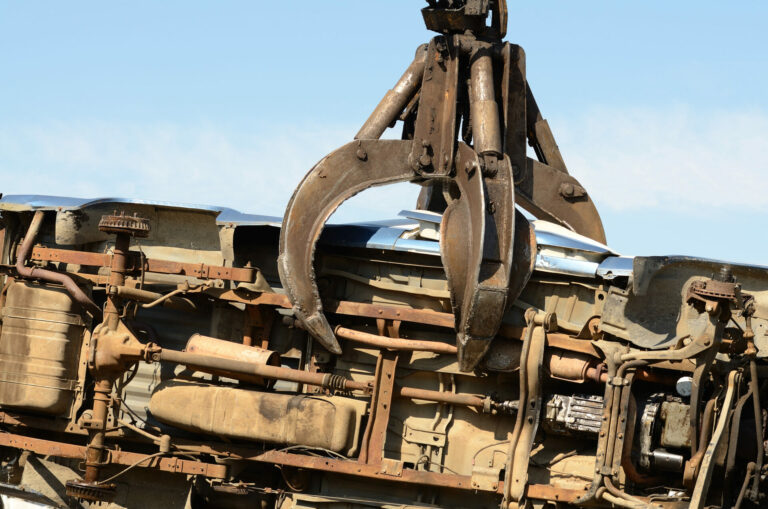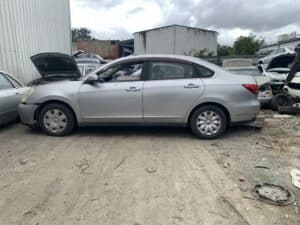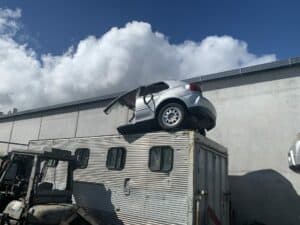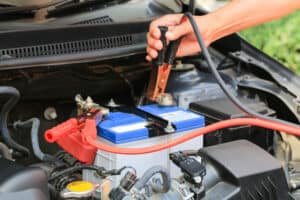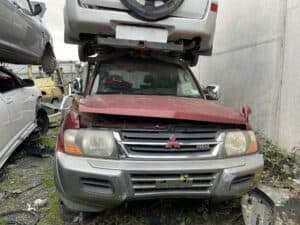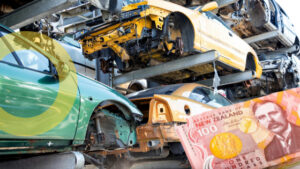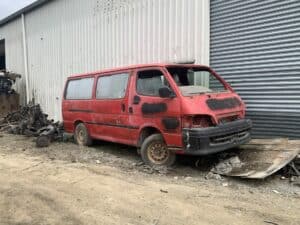One man’s trash is another man’s treasure. If you have never seen a real-world example of this saying, you should look at the numerous scrap metal companies in New Zealand and across the world.
In New Zealand alone, the industry is worth multi-million dollars, scrapping 300,000 tons of metals annually. The figures are mind-blowing, to say the least.
However, it is not just the billions of dollars or the sheer amount of recycled material that is interesting; it is the environment-saving potential that you should keep in mind. Simply recycling your car, truck, or boat can have a huge impact on the environment.
It is sometimes overlooked, but the things you might deem small have the largest impact, such as the scrapping industry on the New Zealand economy. The gathering and selling of scrap metal not only cater to the local demand but also contributes to the country’s export revenue.
The Scrap Metal Industry in New Zealand
The Waste Minimisation Act, introduced in 2008, was put forward to restrict the flow of waste in New Zealand. The effects of this Act came in July 2009, when a waste levy was introduced for municipal waste.
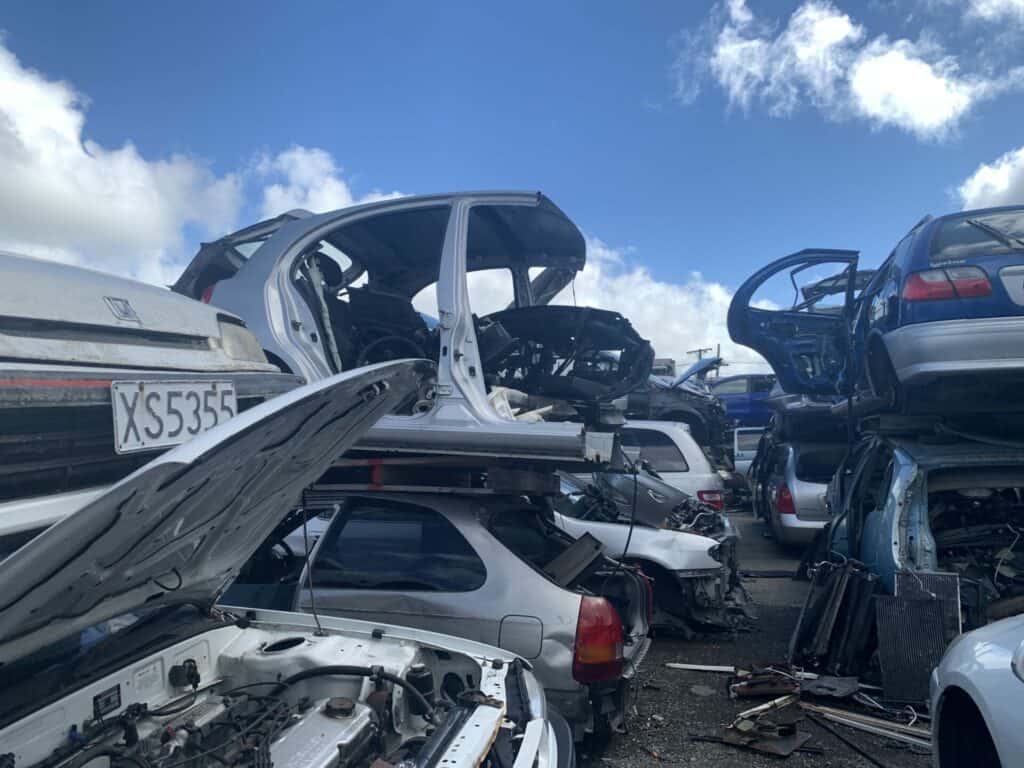
By then, there was no threat to the scrap metal industry. But the government did not stop there. They extended the levy and included other types of landfills into the equation. A $10 per ton fee was introduced around a decade ago, which immediately affected the scrapping industry. As car wreckers in Auckland and Waikato, we started to pay slightly less to customers to cover the waste levy’s cost.
Interestingly, the members of the cabinet have proposed increasing this levy from $10 to $140 in the future. So, if it was getting difficult to pay customers a good price before, it would become practically impossible for scrappers to scrap cars now.
The Scrap Metal Recycling Association of New Zealand (SMRANZ) President, Richard Harrison, has reiterated that an increase in the waste levy would prove disastrous for the scrap metal industry.
“Our industry has invested close to $100 million to recover resources from whiteware and cars. This has stopped a lot of material from going straight to the landfill – more than half of the content is now directed elsewhere. Reducing the amount going to landfills means landfills have a longer useful life.”
Motor Trade Association
“If the levy goes up, it adds to our total costs, and with recyclers having to manage market conditions for ferrous metals, it just wouldn’t be commercially viable to put car bodies through a shredder to extract the metals.”
Richard Harrison on MTA
According to official statistics, around 40% of a car’s body goes to waste. When scrappers are done salvaging for useful parts, all the plastic, fabric and other useless materials are sent to the landfill.
The waste can amount to 400 kilograms per tonne of a car’s body. In other words, there is a very small margin for profit or to break even for a car wrecker. Then if you add the falling steel prices to the equation, it becomes practically impossible for scrappers to exist and operate.
Car wreckers and the New Zealand scrap metal industry
Most people sell their vehicle to a car wrecking company because it is sometimes better than selling to another person or dealership. The whole process is hassle-free, and the person can get good money, especially if the car is old.
However, the amount a scrapper pays depends on several economic factors, like the exchange rate and the fluctuations in international commodity prices. In any case, one can fetch between $100 to $300 per ton for heavy steel, $100 to $200 per ton for light steel, and $100 to $180 per ton for complete car bodies.
All of these prices are for ferrous metals. For non-ferrous materials like aluminium, copper, and stainless steel, the price is a bit lower, and these metals are usually sold on a per-kilogram basis.
How do we do it?
The metals are divided into two groups: ferrous and non-ferrous.
There is a small difference between the two, and it all comes down to the metal’s ability to attract magnets. If the metal is magnetic, the scrap goes into the ferrous category.
The rest falls into the non-ferrous category. From there onwards, scrappers start the procedure and recycle the material to an acceptable form.
It is important to remember that a car has both ferrous and non-ferrous metals, along with other useful materials. The scrapper will make an offer based on the value of all those items combined, resulting in a good sum overall.
Afterwards, the car is completely stripped to its bones. We put aside all the useful materials and discard the rest. The useful bits are then sorted into ferrous and non-ferrous categories.
The last step is selling the steel locally or internationally. For New Zealand, the attractive markets are China, the United States of America, and all the other East Asian countries.
The price in New Zealand is also comparatively better than in Australia, thanks to the rules, regulations, and legislation supporting the scrap metal industry.
Final Thoughts
Hopefully, the government will find a viable solution for the issue, and the scrap metal market will flourish and grow like before.


